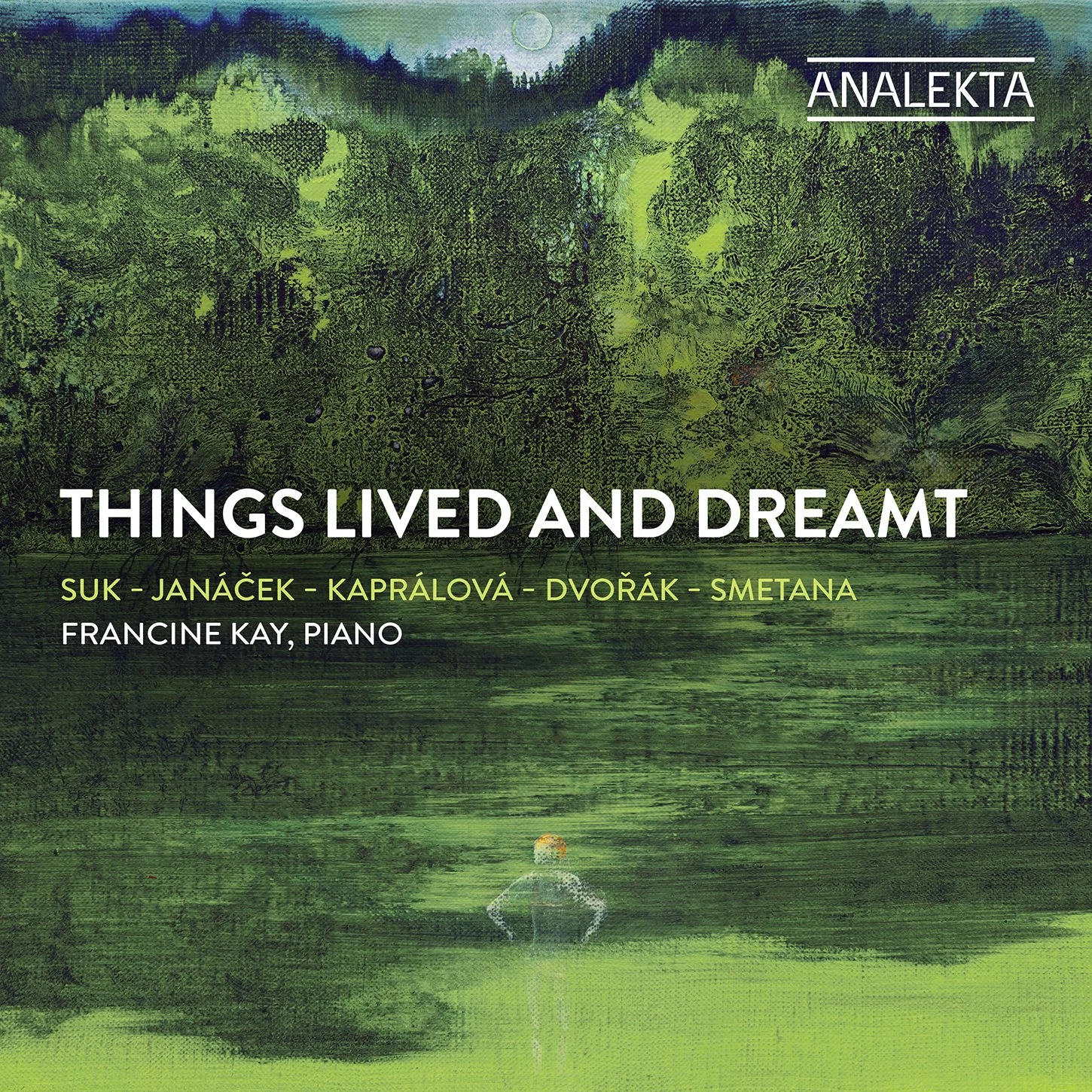The Sylvan Winds announce their 2022-2023 season. Across three concerts in December, February, and May, the wind quintet performs in significant cultural and historic buildings in Manhattan. Kicking off on December 16, 2022 at 7:30 pm at the Church of Notre Dame in Morningside Heights, the Sylvan Winds get into the holiday spirit with traditional French carols and March of Three Kings from Bizet's L'Arlesienne Suite No. 2. The program also includes music by Claude Arrieu, one of the most prolific French women of the 20th century, and works by Rameau, Auric, and Milhaud. Selections from Bizet's Carmen complete this all-French program. Details are below.
The venue, which is on the National Register of Historic Places, was founded by a French community of priests and has been a center of the French culture in New York since 1910.
The Sylvan Winds' 2022-2023 season celebrates music, culture, and history. Performing in important cultural and historic New York City buildings, the Sylvan Winds creates imaginative and informative programs that reflect the environs of each space. (Programs subject to change)
Chants de Noel! | December 16, 7:30pm | Church of Notre Dame (405 West 114th St, Manhattan) Works by Rameau, Auric, Arrieu, Milhaud, Bizet, and traditional French Carols.
Plugged In | February 19, 6pm | Scorca Hall (330 Seventh Ave, Manhattan) Works for winds and electronics by Martin, Davidovsky, Azmeh, Loggins-Hull, and a world premiere by Svjetlana Bukvich.
La Pasion: Fado, Tango & Flamenco | May 25, 6:30pm | Hispanic Society Museum & Library (Broadway between 155th and 156th St, Manhattan) Works by Albeniz, Bizet, da Silva, D’Rivera, de Sousa, Gomes, and Piazzolla.
Hailed by the New York Times for "…its adventuresome programming and stylishness of performance," the Sylvan Winds was founded in 1982. Founding member and flutist Svjetlana Kabalin is joined by oboist Kathy Halvorson, clarinetist Nuno Antunes, Gina Cuffari on bassoon, and horn player Zohar Schondorf, completing the traditional woodwind quintet instrumentation. The quintet has appeared under the auspices of Carnegie Hall, Lincoln Center’s Mostly Mozart Festival and the Caramoor International Music Festival.
Tickets for the December 16 concert at Church of the Notre Dame are $25 in advance ($20 students/seniors) or $30 at the door and available here.
The SYLVAN WINDS
2022-23 Season
Programs subject to change
December 16, 7:30pm: Chants de Noel!
Church of Notre Dame (405 West 114th St (entrance on Morningside Dr), Manhattan)
The Sylvan Winds get in the holiday spirit with an All-French program at the historic Church of Notre Dame in Morningside Heights. Works by Rameau, Auric, Arrieu, Milhaud, Bizet, and traditional French Carols are on the program.
PROGRAM
Bizet: March of Three Kings from L'Arlesienne Suite No. 2.
Rameau: Gavotte with Six Doubles
Auric: Trio for oboe, clarinet & bassoon
Arrieu: Quintet in C (1955)
Milhaud: La Cheminée du Roi René
Traditional: French Carols
Bizet: March of Three Kings from the L'Arlessiene Suite
Bizet: Selections from Carmen
February 19, 6:00 pm: Plugged In
Scorca Hall (330 Seventh Ave, Manhattan)
The Sylvan Winds present a program of contemporary works for winds and electronics. Featuring a world premiere by the Bosnian-American composer Svjetlana Bukvich, "How many would it take?" by Syrian clarinetist/composer Kinan Azmeh, and works by Allison Loggins-Hull, Mario Davidovsky, Irving Fine, and Robert Martin.
PROGRAM
Robert Martin: Black Rock
Irving Fine: Partita
Mario Davidovsky: Synchronisms No. 8 for wind quintet and tape
Kinan Azmeh: How many would it take?
Allison Loggins-Hull: Agency (2023)
Svjetlana Bukvich: World Premiere (2023)
May 25, 6:30 pm: La Pasion: Fado, Tango & Flamenco
Hispanic Society Museum & Library (Broadway between 155th and 156th St, Manhattan)
Music from the Latin diaspora, presented at the Hispanic Society Museum & Library. Featuring works by Albeniz, Bizet, da Silva, D’Rivera, de Sousa, Gomes, and Piazzolla.
PROGRAM
Bizet: Aragonaise, Seguidilla & Danse Boheme from Carmen
Piazzolla: Libertango & Milonga sin palabras
Paquito D'Rivera: Vals Venezolano & Contradanza
Julio Campos de Sousa: Fado Loucura
Jose Carlos Gomes: Fado Magala
Albeniz: Asturias from Suite Espanola, Op. 47
Traditional: Siguiriya/Martinete
Pedro da Silva: An Irishman in Turkey
These concerts are made possible, in part, with funding from the New York State Council on the Arts, with the support of the Office of the Governor and the New York State Legislature and by public funds from the New York City Department of Cultural Affairs, in partnership with the City Council.





